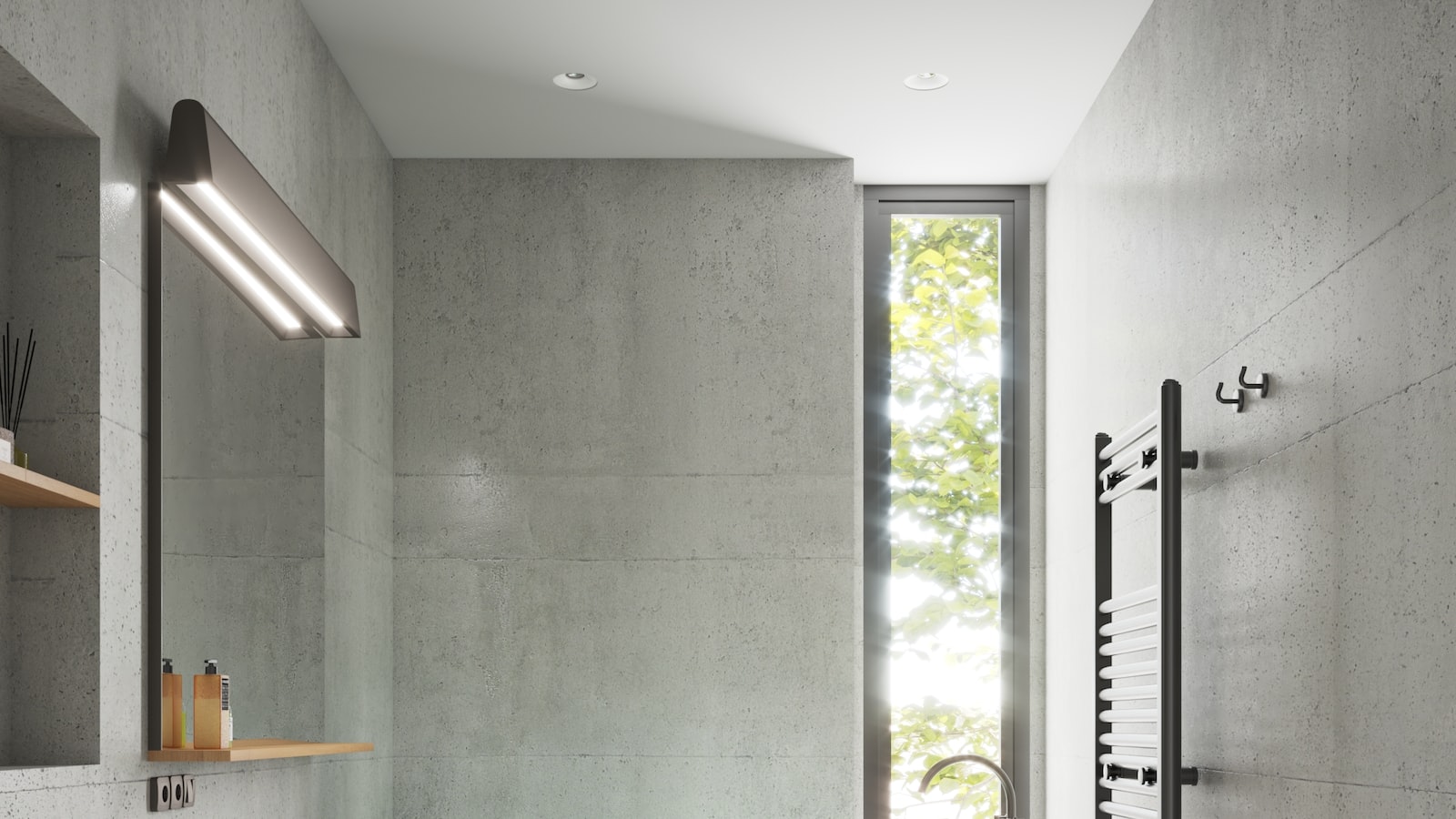Growing Peppers Indoors – Guidelines & Tips
Growing peppers indoors is a rewarding experience for those who love adding flavorful produce to their meals. Plus, it’s an environmentally friendly and cost-effective way to get fresh, delicious peppers. For those looking to start growing peppers indoors, here are some guidelines and tips to get you started.
Choosing a Container
When it comes to peppers, the larger the better. Whenever possible, use a container that is at least 12 inches in diameter. The wider the container, the more room the roots will have to spread and for better ventilation of the soil.
Soil Selection
Peppers prefer a rich, well-draining soil, so opt for a soil mixture with compost or other organic matter added. That will help to keep the soil well-aerated, and it will also help to retain moisture. If you decide to use potting soil mix, look for soil-less mix, one that has a high organic matter content, such as a peat moss/vermiculite mix. If your soil mix isn’t well-draining, consider adding some supplemental perlite or sand to the mix to help with drainage.
Sunlight Requirements
The degree of light your pepper plant needs depends on the variety you’re growing. Some are more tolerant of low light levels than others. Generally, peppers require a minimum of 6 to 8 hours of direct sunlight per day, though some varieties are capable of thriving with even more. Placing your plant in a south-facing window will give it the best exposure to sunlight.
Fertilizer and Watering
Peppers need fertilizer during their growing season, usually after they’ve been in the ground for about three weeks. Look for a fertilizer labeled for vegetables or apply a compost or manure tea. Water diligently throughout the growing season – peppers need about an inch of water per week. Water as the top few inches of soil become dry. Avoid overwatering or underwatering – too much water can cause root rot, and too little can cause the peppers to be bitter.
Pest Control
Indoor peppers can be vulnerable to pests like aphids, spider mites, thrips, and whiteflies. To prevent infestations, reduce the number of pests in the area by using screens or other barriers on doors and windows and by avoiding using pesticides around your plants. If you do find pests, try using natural remedies like Neem oil or an insecticidal soap.
Harvesting
Most peppers take between 65 to 90 days to fully mature, from planting to harvest. As your peppers reach full size, they’ll become sweeter and increasingly flavorful. For peppers that don’t want to be harvested, they can be left on the plant until they turn bright red or yellow (depending on their variety). Cut the peppers from the plant with a sharp knife or pruners.
With the right soil, nutrients, sunlight and a bit of love, growing peppers indoors can be a great experience. By following these guidelines and tips, you should have great success in growing peppers indoors.



